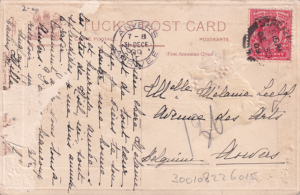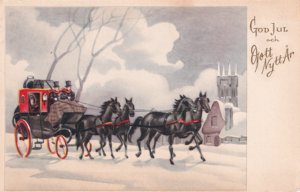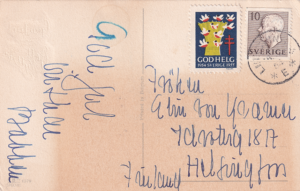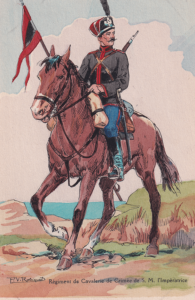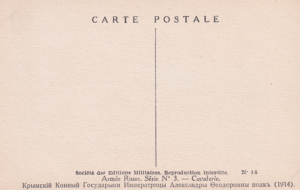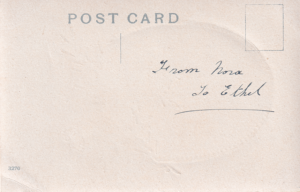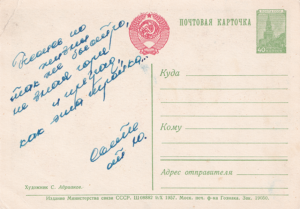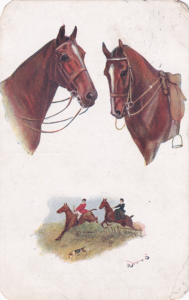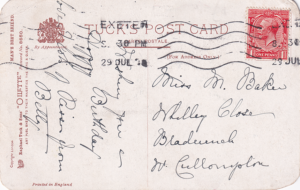The battle of Wagram.
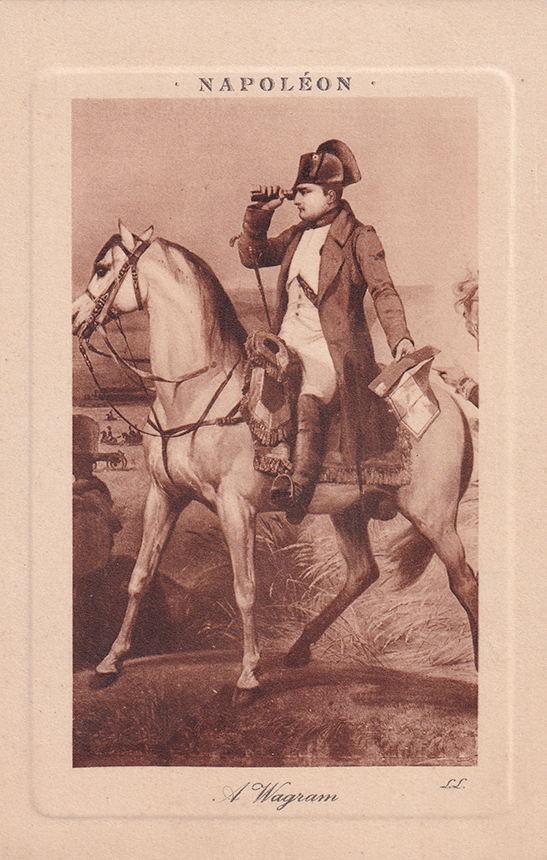
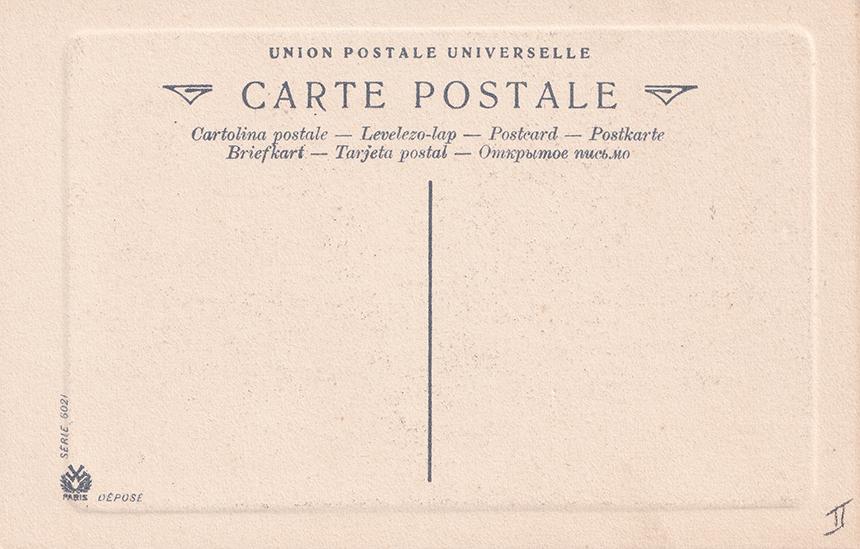
Reverse side of the postcard.
More information
The battle of Wagram.
This battle was fought between the French Empire, led by Emperor Napoleon Bonaparte, and the Austrian Empire under the command of Archduke Charles. The battle occurred near the village of Wagram in modern-day Austria on July 5 - 6 in 1809.
At the time, Napoleon was at the peak of his power, and the Austrian Empire sought to challenge his dominance in Europe. The Austrians had gathered a large army, estimated to be around 150,000 soldiers, while the French forces numbered approximately 170,000.
The battle began on July 5 when the Austrians launched an attack on the French positions. The initial Austrian assault made some progress, but the French forces, with their superior tactics and experience, managed to hold their ground. Over the next two days, the battle raged on with both sides suffering heavy casualties.
On the second day of the battle, Napoleon launched a massive counterattack that broke through the Austrian lines. The French forces advanced and managed to outflank the Austrians, putting them in a precarious position. Facing the threat of encirclement, Archduke Charles ordered a retreat, and the battle ended with a French victory.
The Battle of Wagram was a significant turning point in the Napoleonic Wars. The French victory consolidated Napoleon's control over much of Europe and weakened Austria's position in the conflict. The battle led to the signing of the Treaty of Schönbrunn in October 1809, which ended the War of the Fifth Coalition between France and Austria. Austria was forced to cede territory and accept French influence in its affairs.
Object data
Title
The battle of Wagram.
Artist
Horace Vernet.
Founder
Paris, France.
Date
1910.
Culture
France.
Classification
Postcard.


